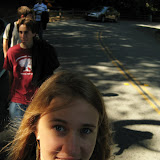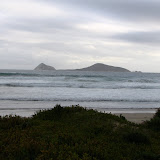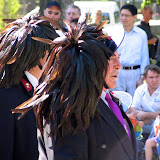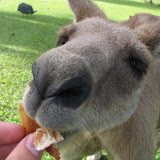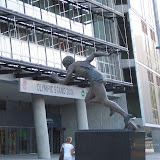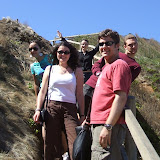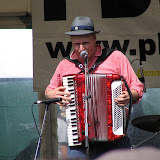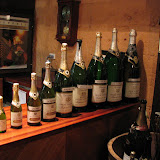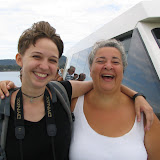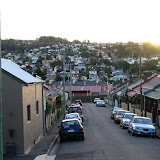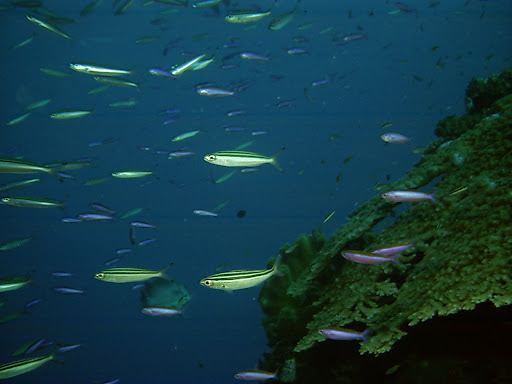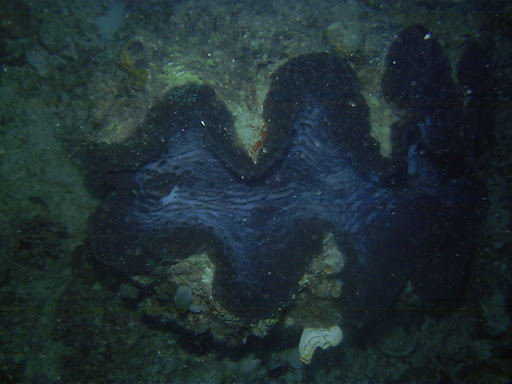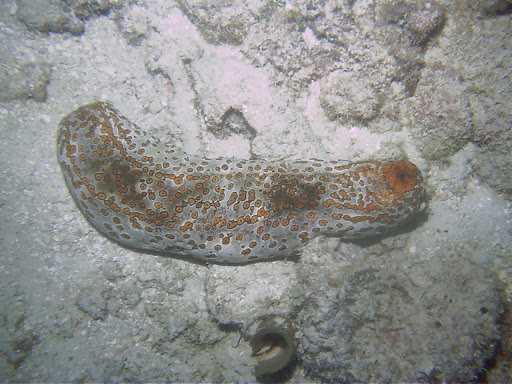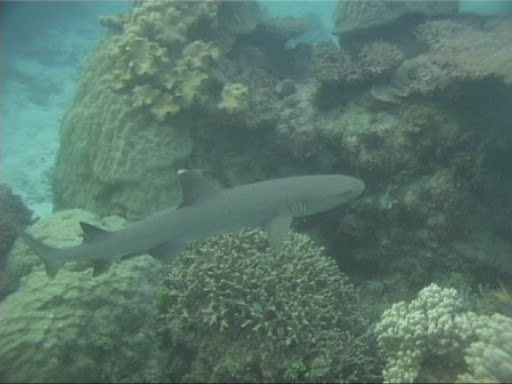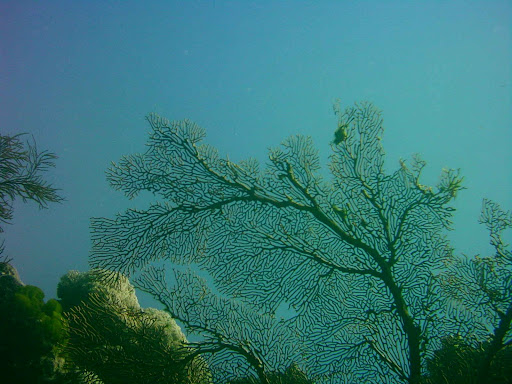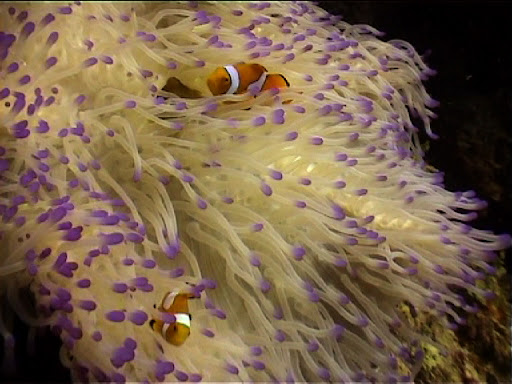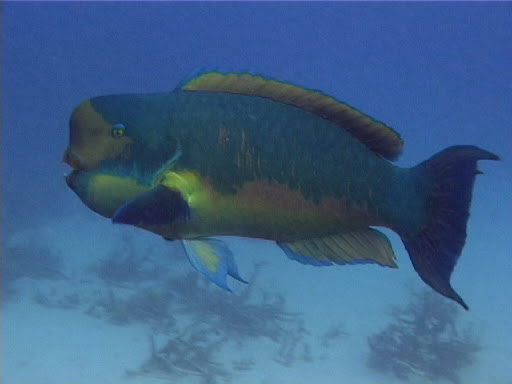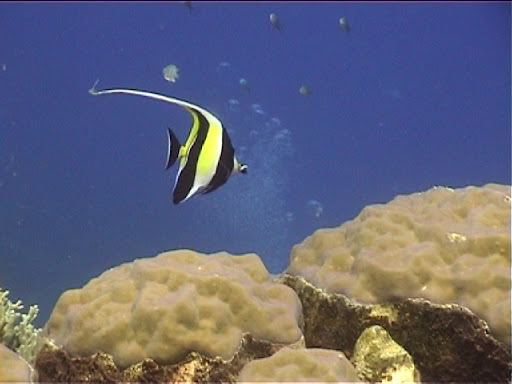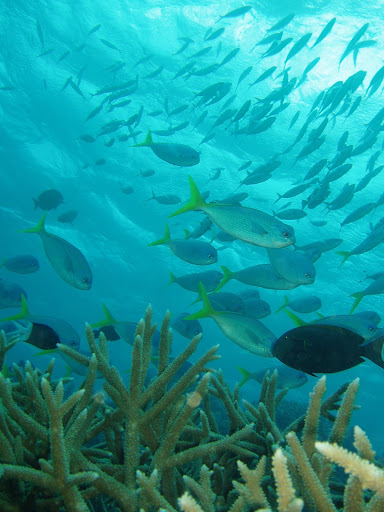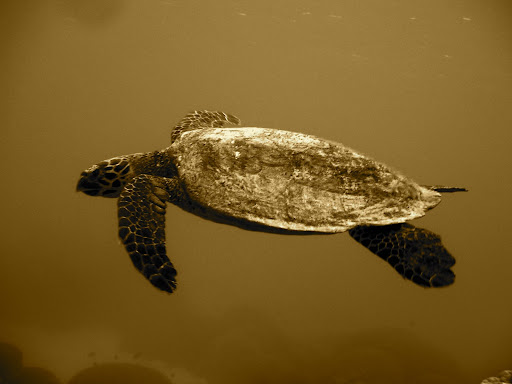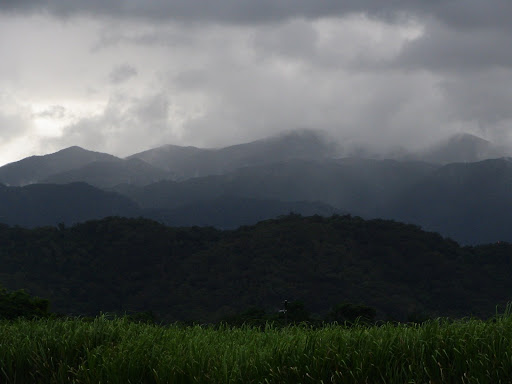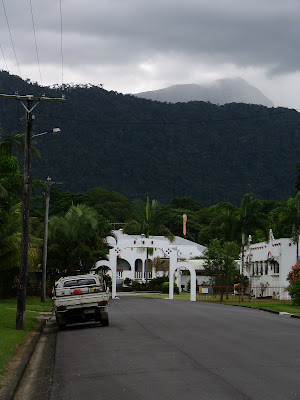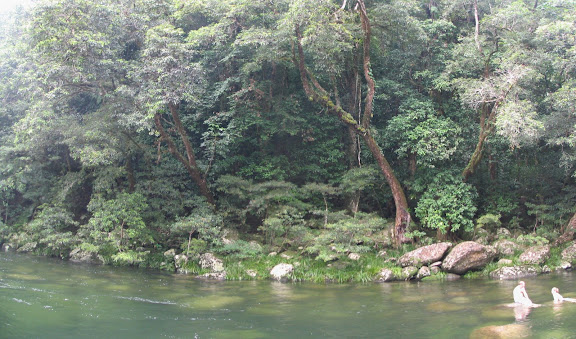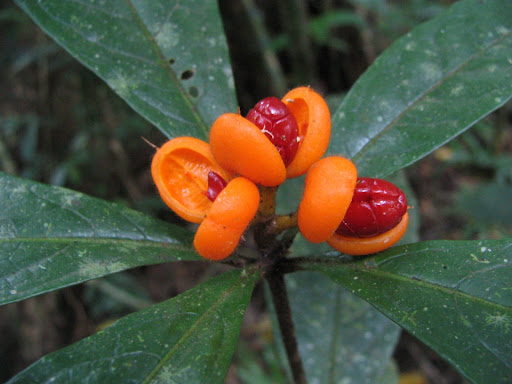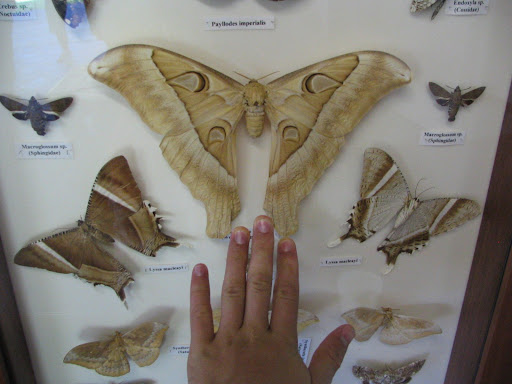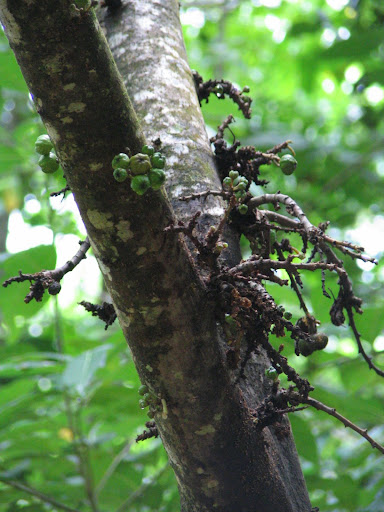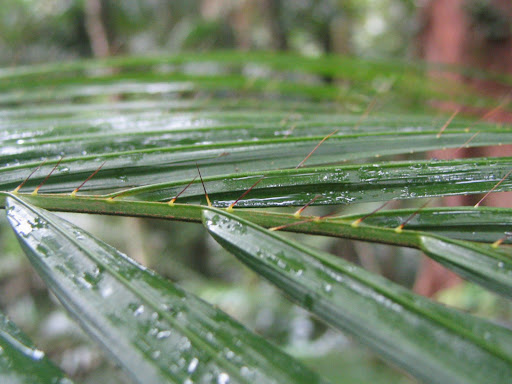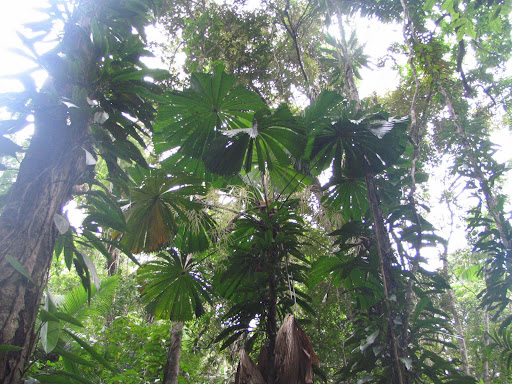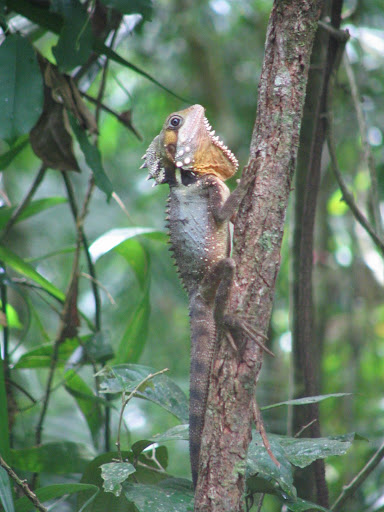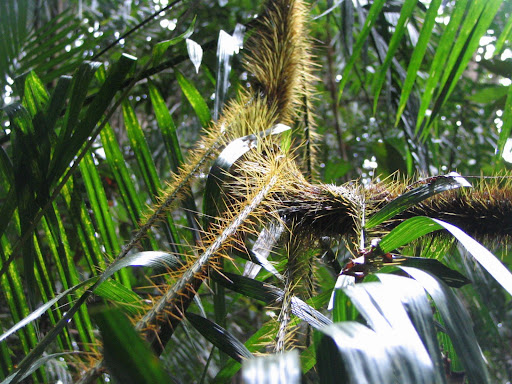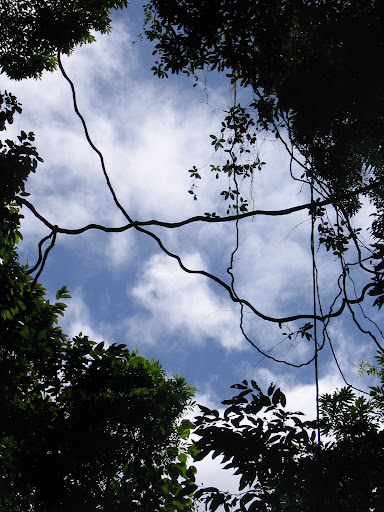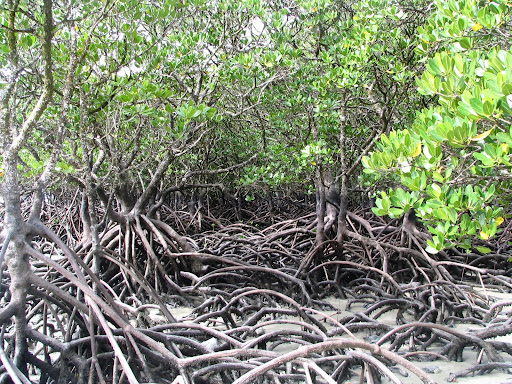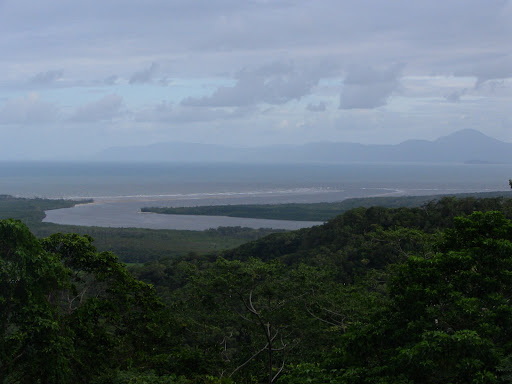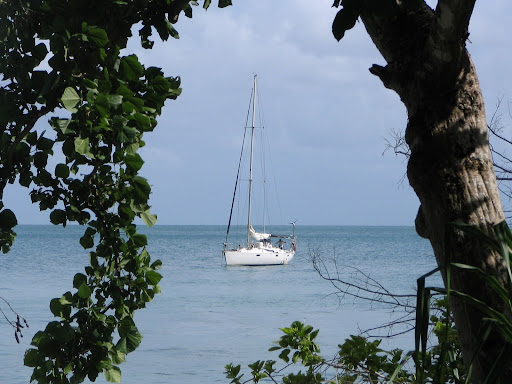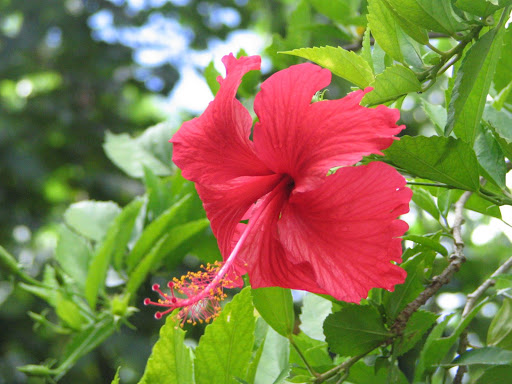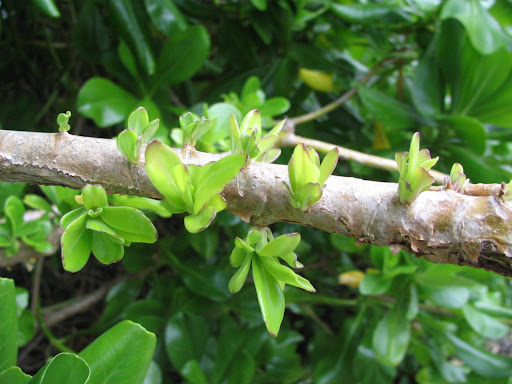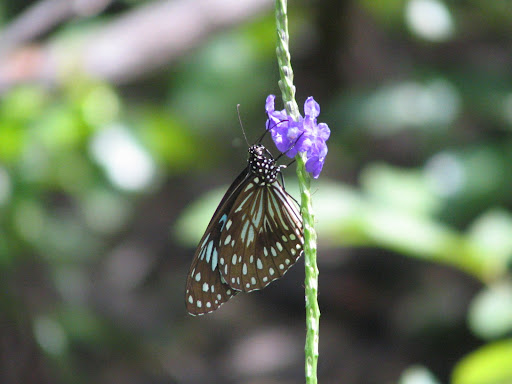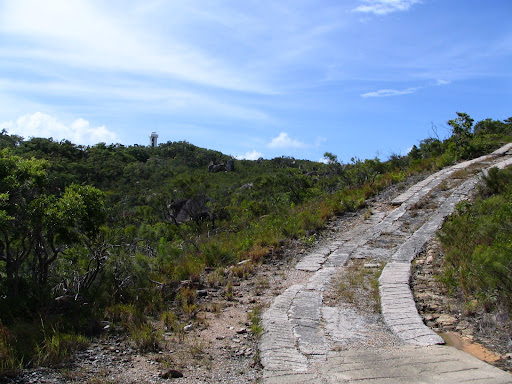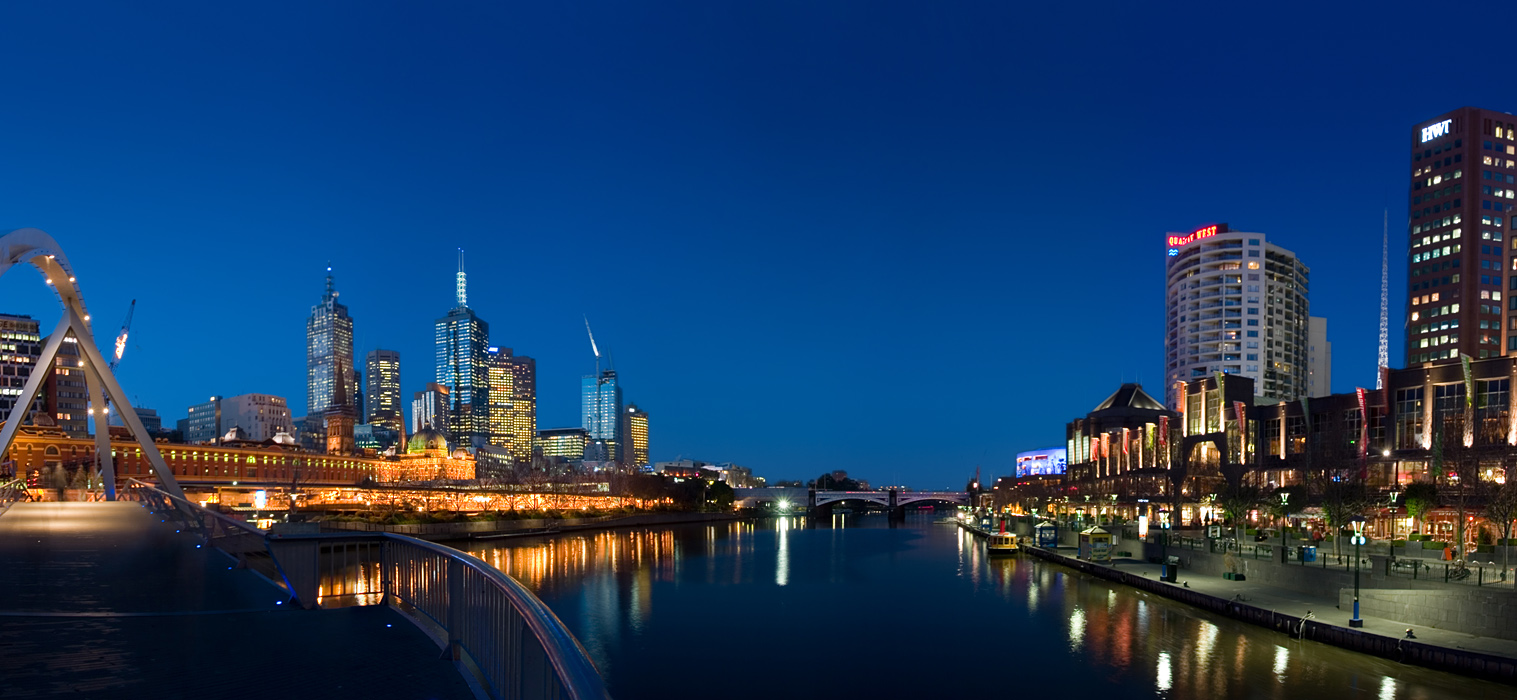
So I’ve been hesitating to write anything about

Melbourne's kind of like New York City, just more affordable, smaller, cleaner, with nicer people and better weather. It's quite culturally diverse, though like the rest of Australia it has a familiar American/British feeling to it. It would go well on the west coast of the US.
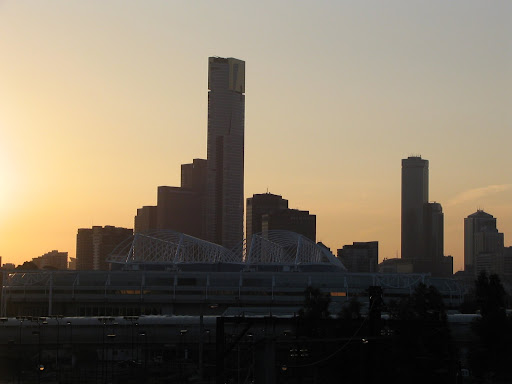 Though it's smaller than Sydney by half a million--3.7 million residents here--Melbourne is the place to go in Australia for music, cuisine, art, sports, and just about anything good. Sydney has some beautiful harbors, and apparently there's an opera house, but it's also considered to be a worker's city and is the financial capital of Australia. Ironically, I just read today in a freebee newspaper that more international businessmen prefer to meet in Melbourne than Sydney, presumably so they can get more of a change of scenery.
Though it's smaller than Sydney by half a million--3.7 million residents here--Melbourne is the place to go in Australia for music, cuisine, art, sports, and just about anything good. Sydney has some beautiful harbors, and apparently there's an opera house, but it's also considered to be a worker's city and is the financial capital of Australia. Ironically, I just read today in a freebee newspaper that more international businessmen prefer to meet in Melbourne than Sydney, presumably so they can get more of a change of scenery. Marvellous Melbourne gained its wealth from the Australian Gold Rush in the 1850s--right after the American one. Victorian architecture was all the rave back then, so when you go walking around Melbourne today, you'll see old buildings like this mismashed with skyscrapers. It's kind of like Cornell's West Campus, where Gothic meets Alice Cook--except it looks much better.
Marvellous Melbourne gained its wealth from the Australian Gold Rush in the 1850s--right after the American one. Victorian architecture was all the rave back then, so when you go walking around Melbourne today, you'll see old buildings like this mismashed with skyscrapers. It's kind of like Cornell's West Campus, where Gothic meets Alice Cook--except it looks much better.One of the central hubs of the city is Flinders Street Station and Federation Square. These are right next to each other, Flinders Station pictured below. I've been to a concert at Federation Square, walked to the National Gallery of Victoria, shot an interview on the Yarra River (pictured below), and spent a couple afternoons walking through the Royal Botanic Gardens, all of which are just a couple blocks from the square. If you're meeting someone in Melbourne, chances are you'll choose to meet here.
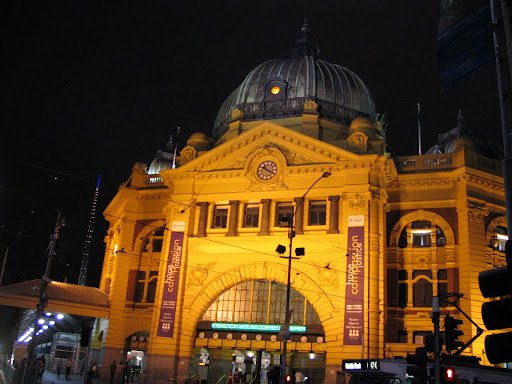
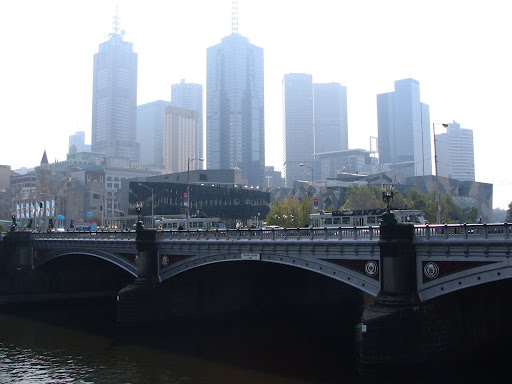 Those Gardens I mentioned are indisputably the best in Australia and among the best in the world. The central Royal Botanic Gardens are right in the middle of Melbourne, on the Yarra River, and cover 87 acres. There are more Royal Gardens in greater Melbourne, covering 900 acres, and tons of other parks and garden collections, making Melbourne "the garden city." The central Royal gardens grouped according to the environment they emulate—Australian rain forest, “dry” rain forest,
Those Gardens I mentioned are indisputably the best in Australia and among the best in the world. The central Royal Botanic Gardens are right in the middle of Melbourne, on the Yarra River, and cover 87 acres. There are more Royal Gardens in greater Melbourne, covering 900 acres, and tons of other parks and garden collections, making Melbourne "the garden city." The central Royal gardens grouped according to the environment they emulate—Australian rain forest, “dry” rain forest,  I haven't taken many pictures of the gardens, not because they aren’t beautiful, but because every acre is so well landscaped that there’s a picture around every corner. Anyway,
I haven't taken many pictures of the gardens, not because they aren’t beautiful, but because every acre is so well landscaped that there’s a picture around every corner. Anyway, 
When Melburnians aren't at the Royal gardens or Federation Square, they're at a sports game. Melbourne is obsessed with sports, particularly "footy" (Australian rules football, see the previous blog entry), and there are usually 35,000 spectators per game of footy... and five games per week (Wikipedia says). But Melburnians also dabble in soccer, rugby, cricket, car racing, tennis, any water sport imaginable, and others. Australia may be sporty, but Melbourne is the national sports capital.
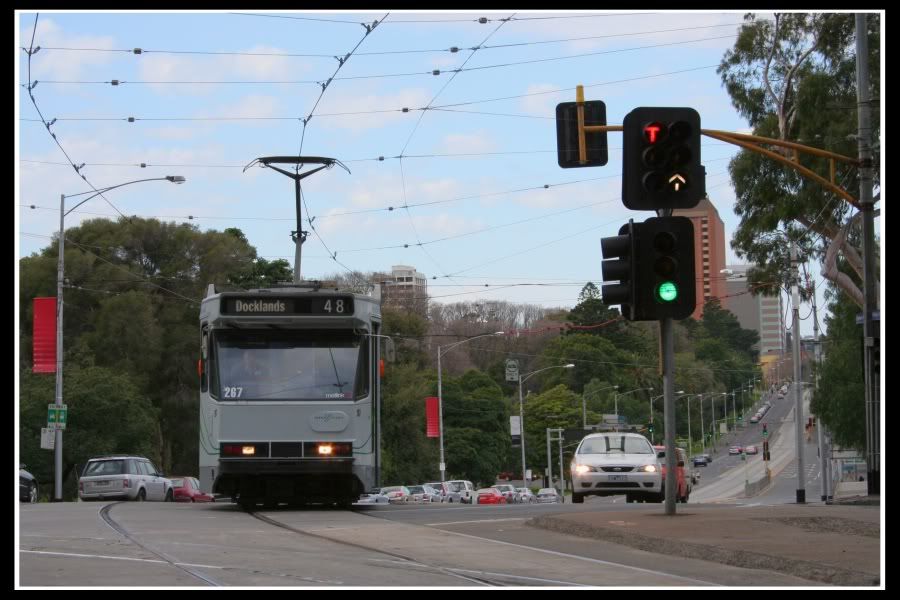
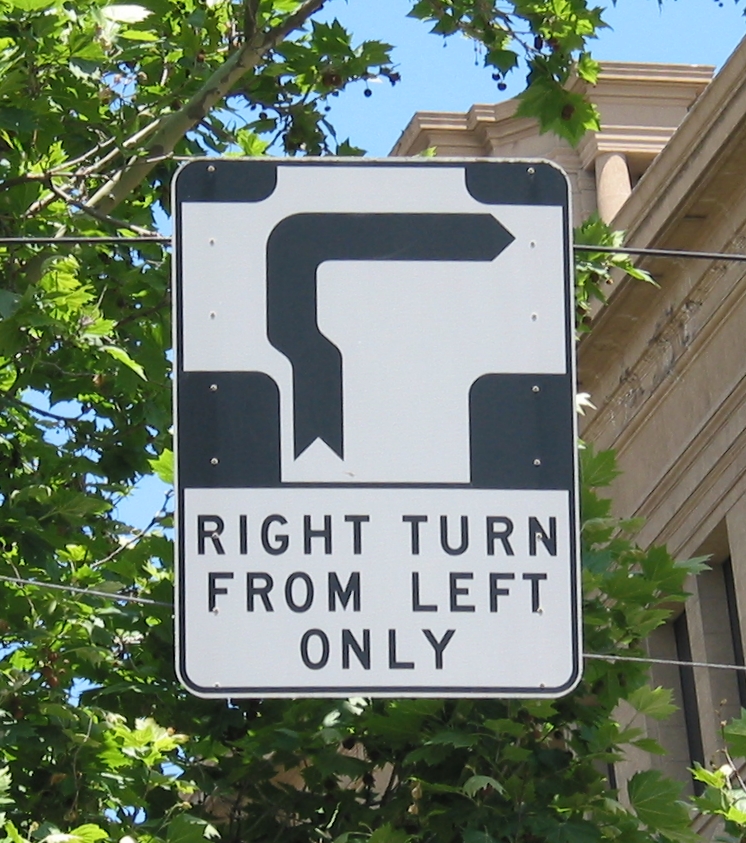 Moving on to transportation, Melbourne, like the rest of Australia, drives on the wrong (left) side of the road. But the quirkiness doesn't stop there. Remember those old electrical trolleys that used to run throughout cities about a hundred years ago? The rest of the world progressed, but Melbourne didn't, and Melburnians think their "trams" are "distinctive." I wouldn't have a problem with their freakishly outdated public transportation if it didn't include cables over every city street. I often feel like I'm caught in a giant spider web when I look up at a street intersection. To be fair, though, Melbourne also uses trains and buses, you can use one "metrocard" to get onto all of them, and the public transportation system is extensive (goes throughout the suburbs) and reasonably clean. If you're unable to walk you can still easily get around in this city.
Moving on to transportation, Melbourne, like the rest of Australia, drives on the wrong (left) side of the road. But the quirkiness doesn't stop there. Remember those old electrical trolleys that used to run throughout cities about a hundred years ago? The rest of the world progressed, but Melbourne didn't, and Melburnians think their "trams" are "distinctive." I wouldn't have a problem with their freakishly outdated public transportation if it didn't include cables over every city street. I often feel like I'm caught in a giant spider web when I look up at a street intersection. To be fair, though, Melbourne also uses trains and buses, you can use one "metrocard" to get onto all of them, and the public transportation system is extensive (goes throughout the suburbs) and reasonably clean. If you're unable to walk you can still easily get around in this city. Melbourne's trams are given a high priority on the road, since they're often packed full of people. Their tracks are in the middle of the road, and car lanes are outside. In some areas, cars can drive in tram lanes. But not in the Central Business District, where I go to school. This creates some strange road rules--such as Hook Turns. To turn left in the CBD, you need to get over to the right lane, wait at the side of the intersection, and when both lanes of traffic have finally stopped, you cross all lanes to turn right. Only in Melbourne.
Melbourne's trams are given a high priority on the road, since they're often packed full of people. Their tracks are in the middle of the road, and car lanes are outside. In some areas, cars can drive in tram lanes. But not in the Central Business District, where I go to school. This creates some strange road rules--such as Hook Turns. To turn left in the CBD, you need to get over to the right lane, wait at the side of the intersection, and when both lanes of traffic have finally stopped, you cross all lanes to turn right. Only in Melbourne.
There are so many Asians in Melbourne that sometimes I feel like I never left Cornell. There's a big Asian influence in Australia in general, given its geography, and Melbourne's Chinatown is one incarnation of it. Great atmosphere, cheap restaurants.
And last but certainly not least, I have just been made aware of the "Melbourne Shuffle," an underground dance movement that's been going on here for decades. I haven't seen the shuffle in person, but when I do, you can rest assured that I will certainly point and laugh. It looks like the unwanted combination of break dancing and river dancing, with an emphasis on unwanted. Hope you enjoy the video. Just don't try this at home.
